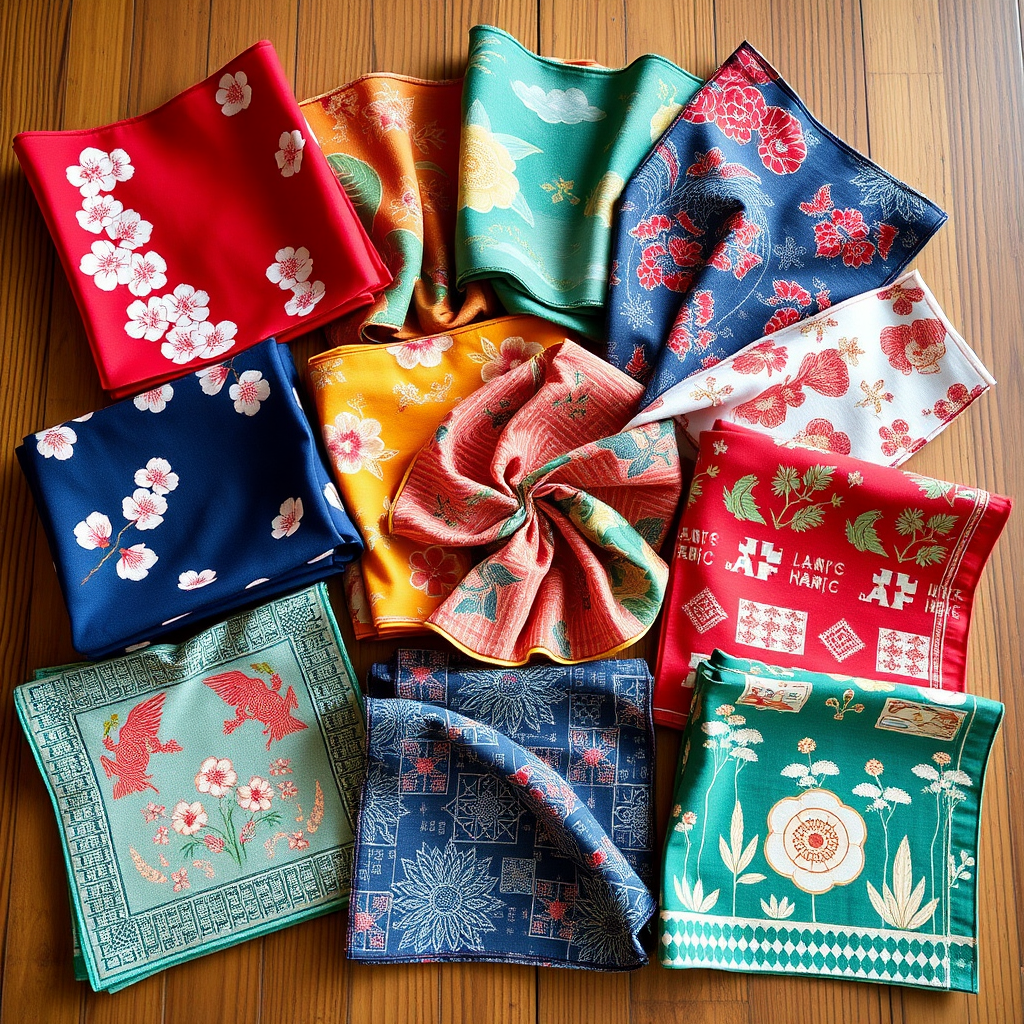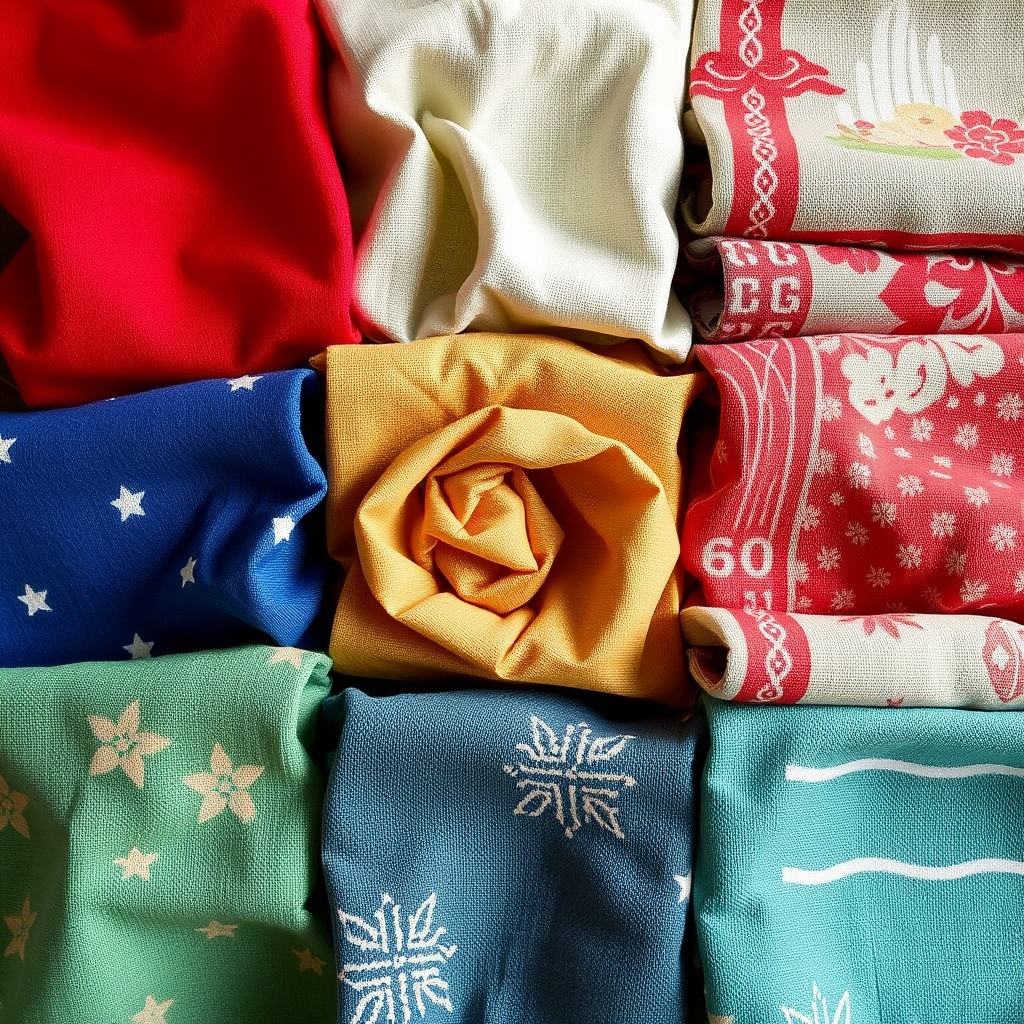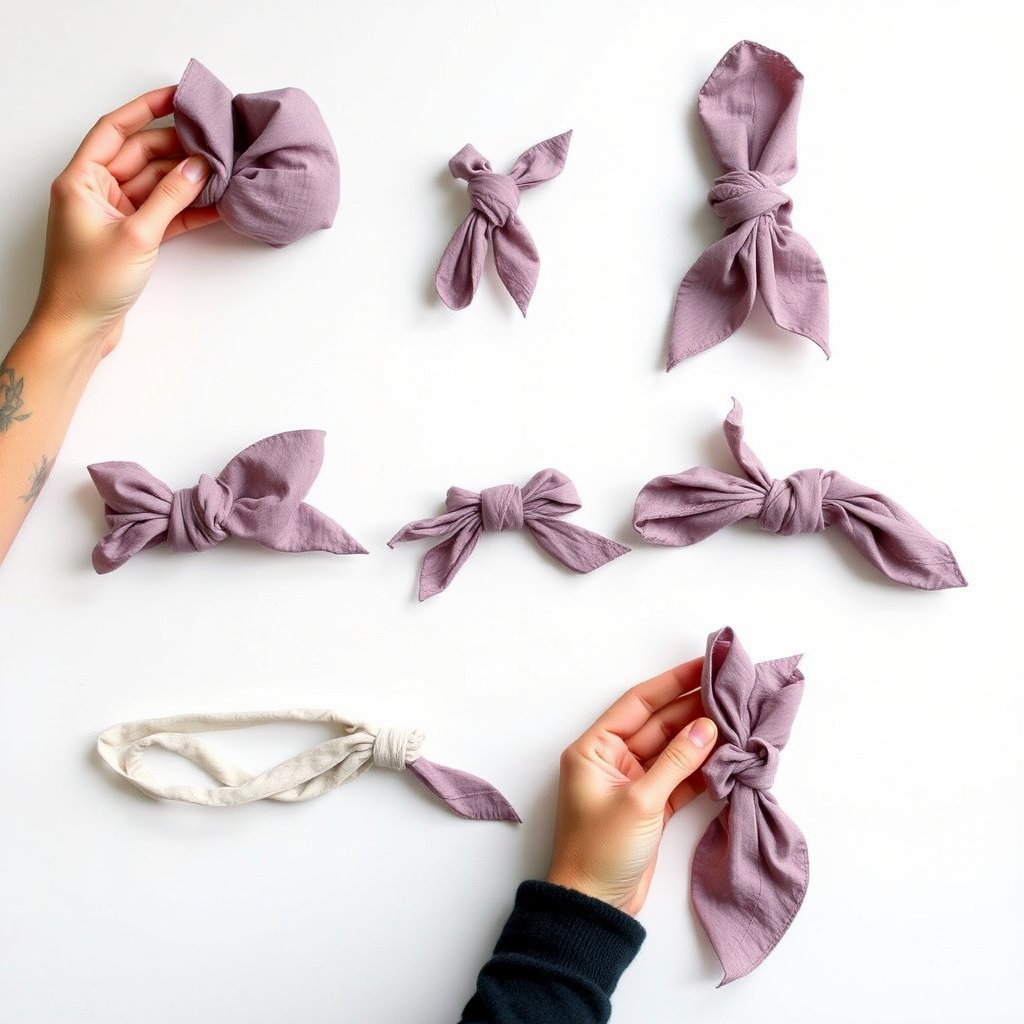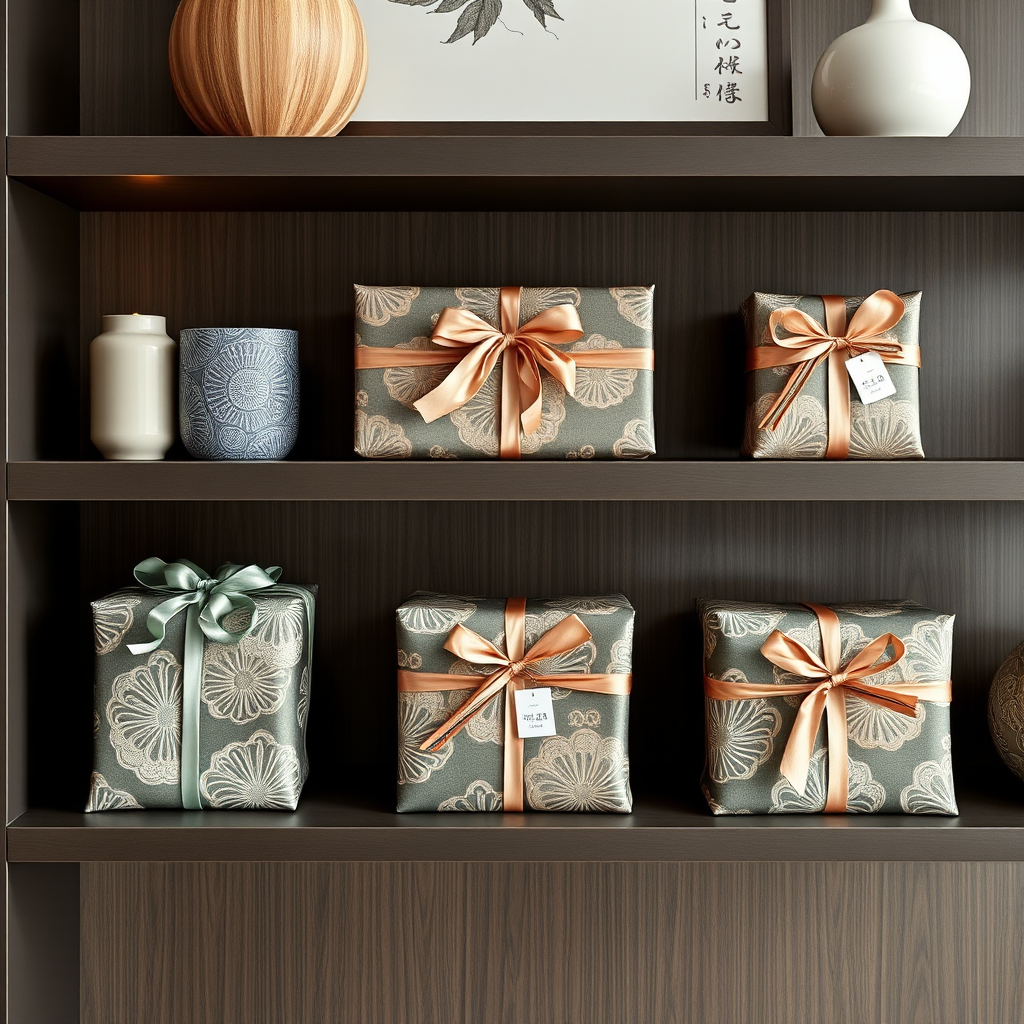Creating Your First Furoshiki Collection: The Eco-Friendly Art of Japanese Wrapping

In our modern world of excessive packaging and environmental concerns, the ancient Japanese art of furoshiki offers an elegant, sustainable solution for gift wrapping and carrying items. This traditional cloth wrapping technique transforms simple squares of fabric into beautiful, reusable presentations that honor both aesthetics and ecology.
Understanding Furoshiki: More Than Just Wrapping
Furoshiki, literally meaning "bath spread," originated in the Nara period (710-794) when people used cloth to wrap their belongings while visiting public baths. Over centuries, this practical art evolved into a sophisticated system of wrapping that reflects Japanese values of resourcefulness, beauty, and respect for materials.
Today, furoshiki represents the perfect intersection of creative hobbies and environmental consciousness. Each cloth can be used hundreds of times, making it an ideal choice for those passionate about home handmade decor art and sustainable living.
Selecting Your First Furoshiki Fabrics

Fabric Types and Their Uses
- Cotton: Perfect for beginners, cotton furoshiki cloths are durable, washable, and ideal for everyday wrapping. They work excellently for books, boxes, and casual gifts.
- Silk: The premium choice for special occasions, silk furoshiki creates elegant presentations for formal gifts and delicate items. The smooth texture allows for crisp folds and beautiful draping.
- Linen: Offering a rustic, natural appearance, linen furoshiki works wonderfully for wine bottles, plants, and artisanal gifts.
- Synthetic blends: Modern furoshiki often incorporates synthetic materials for enhanced durability and easy care, making them practical for frequent use.
Size Guide for Your Collection
| Size (cm) | Best For | Examples |
|---|---|---|
| 45 x 45 | Small items | Jewelry boxes, small books, cosmetics |
| 70 x 70 | Medium gifts | Wine bottles, medium boxes, clothing |
| 90 x 90 | Large items | Large books, multiple items, shopping bags |
| 105 x 105 | Extra large | Picnic bundles, travel bags, bulky items |
Essential Furoshiki Techniques

Basic Knots Every Beginner Should Master
Ma Musubi (True Knot)
The foundation of all furoshiki wrapping, this simple knot secures your package while maintaining the cloth's integrity. Practice this knot until it becomes second nature.
Hira Tsutsumi (Flat Wrap)
Perfect for books and flat items, this technique creates a clean, professional appearance with minimal bulk.
Otsukai Tsutsumi (Messenger Wrap)
Creates a convenient handle for carrying, transforming your furoshiki into a temporary bag perfect for shopping or transport.
Bin Tsutsumi (Bottle Wrap)
Specifically designed for cylindrical objects, this technique securely holds bottles while creating an elegant presentation.
Building Your Furoshiki Collection
Creating a versatile furoshiki collection is an investment in both creative hobbies and sustainable living. Start with three essential pieces: a medium cotton cloth for everyday use, a silk piece for special occasions, and a large utility cloth for shopping and transport.
Color and Pattern Selection
Traditional furoshiki patterns carry deep cultural significance. Cherry blossoms (sakura) represent renewal and beauty, while geometric patterns symbolize harmony and balance. For your home handmade decor art projects, consider how these patterns will complement your interior design.

- Solid colors: Versatile and timeless, perfect for any occasion
- Traditional patterns: Add cultural authenticity to your wrapping
- Seasonal designs: Celebrate different times of year with appropriate motifs
- Modern prints: Contemporary designs that blend tradition with current aesthetics
Care and Maintenance of Your Furoshiki
Proper care ensures your furoshiki cloths remain beautiful and functional for years. Most cotton and linen furoshiki can be machine washed in cold water, while silk pieces require gentle hand washing or professional cleaning.
Storage Tips
- Fold furoshiki cloths neatly to prevent permanent creases
- Store in a dry, clean drawer or box
- Keep different sizes separated for easy selection
- Rotate usage to ensure even wear across your collection
Creative Applications Beyond Gift Wrapping

Furoshiki's versatility extends far beyond gift wrapping, making it an excellent addition to your home handmade decor art repertoire:
Home Decoration
- Wall hangings and tapestries
- Table runners and placemats
- Decorative storage solutions
- Seasonal room accents
Practical Uses
- Reusable shopping bags
- Lunch box wrapping
- Travel organizers
- Picnic blankets
The Environmental Impact
By choosing furoshiki over disposable wrapping paper, you're making a significant environmental statement. A single furoshiki cloth can replace hundreds of sheets of wrapping paper over its lifetime, reducing waste and supporting sustainable practices.
This ancient art form perfectly embodies the Japanese concept of "mottainai" – regret over waste – encouraging us to value and reuse materials rather than discarding them after single use.
Getting Started: Your First Furoshiki Project
Begin your furoshiki journey with a simple project: wrapping a book. Choose a 70cm square cotton cloth in a color you love. Place the book diagonally in the center, bring opposite corners together over the book, and tie with a ma musubi knot. This basic technique will build your confidence and demonstrate the beauty of this sustainable art form.
As you develop your skills, you'll discover that furoshiki is more than just wrapping – it's a mindful practice that connects us to Japanese culture while promoting environmental responsibility through creative hobbies and thoughtful living.
Conclusion
Creating your first furoshiki collection opens the door to a world where functionality meets beauty, tradition embraces sustainability, and every wrapped item becomes a work of art. Whether you're drawn to furoshiki for its environmental benefits, cultural significance, or aesthetic appeal, this ancient practice offers endless opportunities for creativity and mindful living.
Start small, practice regularly, and gradually build your collection. Soon, you'll find that furoshiki becomes an integral part of your home handmade decor art and daily life, bringing the elegant simplicity of Japanese design into every gift you give and every item you carry.